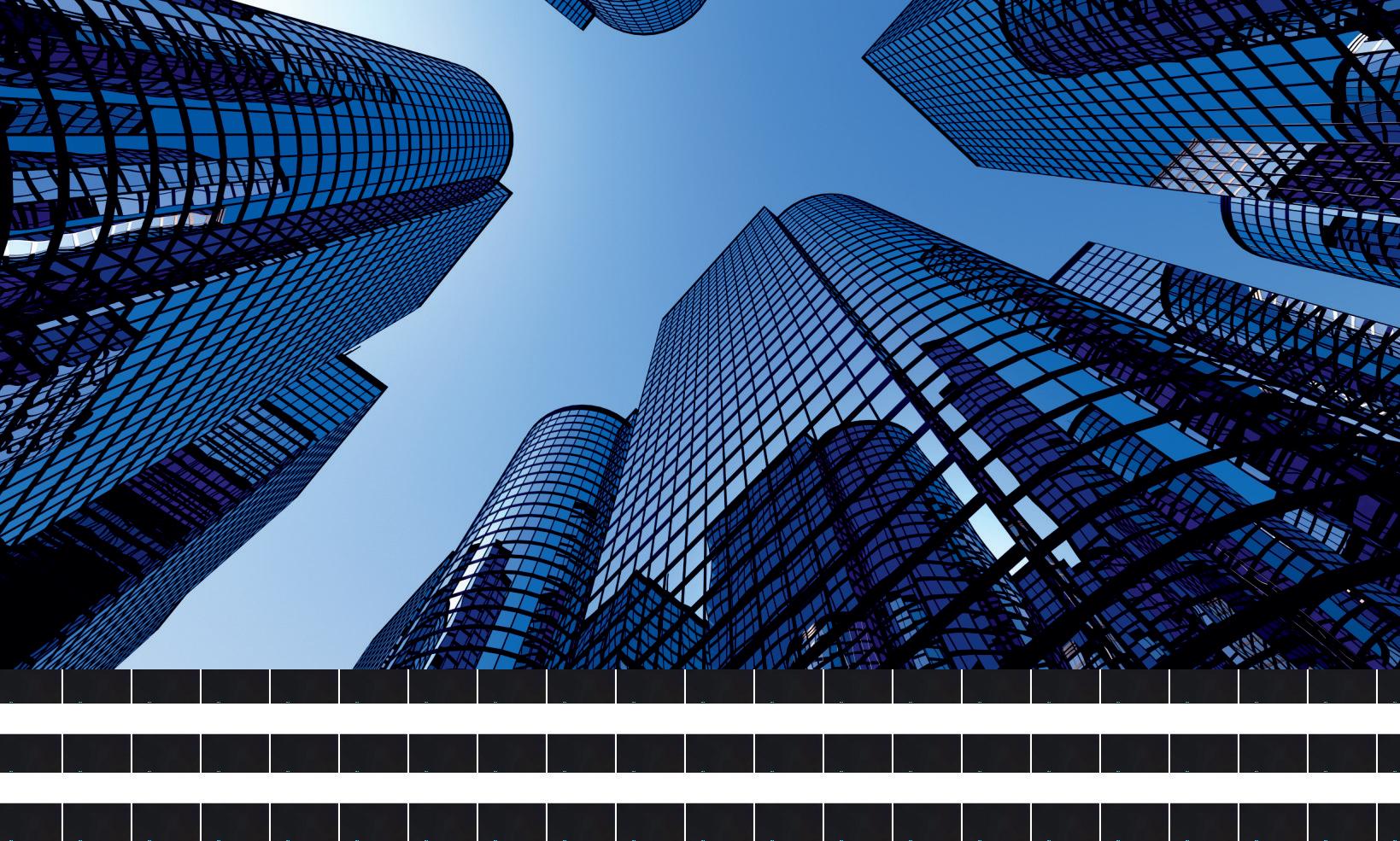www.thecioworldmedia.com









www.thecioworldmedia.com








Inaneradefinedbyrapidtransformationandglobalinterconnectedness,theroleof
visionaryleadershiphasneverbeenmorevital.TheInsightsSuccesseditionof Most Admired Leader to Watch in 2025 proudlyfeaturesAdityaVikramBirla,aname synonymouswithinnovation,integrity,andinfluence.
Hislegacyisonethattranscendstime.Apioneeringindustrialistandaglobalbusiness architect,heredefinedIndia’spresenceontheworldstagelongbeforeglobalizationbecame atrend.Hisdeepbeliefininclusivegrowth,sustainabledevelopment,andpeople-first leadershipcontinuestoinspireagenerationofentrepreneursandexecutivesaroundthe globe.ThroughtheAdityaBirlaGroup,hisforesightlaidthegroundworkforaconglomerate thatstandsstrongacrosscontinents,industries,andideologies.
Thiseditionisnotmerelyatributetoacorporateicon,butacelebrationofenduringvalues vision,resilience,andhumilitythatleaderstodaymustembody.Inabusinessclimatedriven byshort-termgains,Birla’slong-term,purpose-drivenapproachremindsusthattrue leadershipisnotaboutposition,butimpact.
Aswespotlightchange-makersshapingthefutureofindustriesandcommunities,Aditya VikramBirla’slifestorystandsasamasterclassinleadershipwithconscience.Maythis editioninspireyoutoleadwithcourage,dreambeyondborders,andbuildlegaciesthat matter.
Happy Reading!





A R T I C L E S

18.
The Role of Industrial Innovation in Supply Chain Resilience
22. The Role of Sustainable Diversification in Modern Corporate Risk Management
Editor-in-Chief
Deputy Editor
Managing Editor
Assistant Editor
Visualizer
Art & Design Head
Art & Design Assitant
Business Development Manager
Business Development Executives
Technical Head
Assitant Technical Head
Digital Marketing Manager
Research Analyst
Circulation Manager
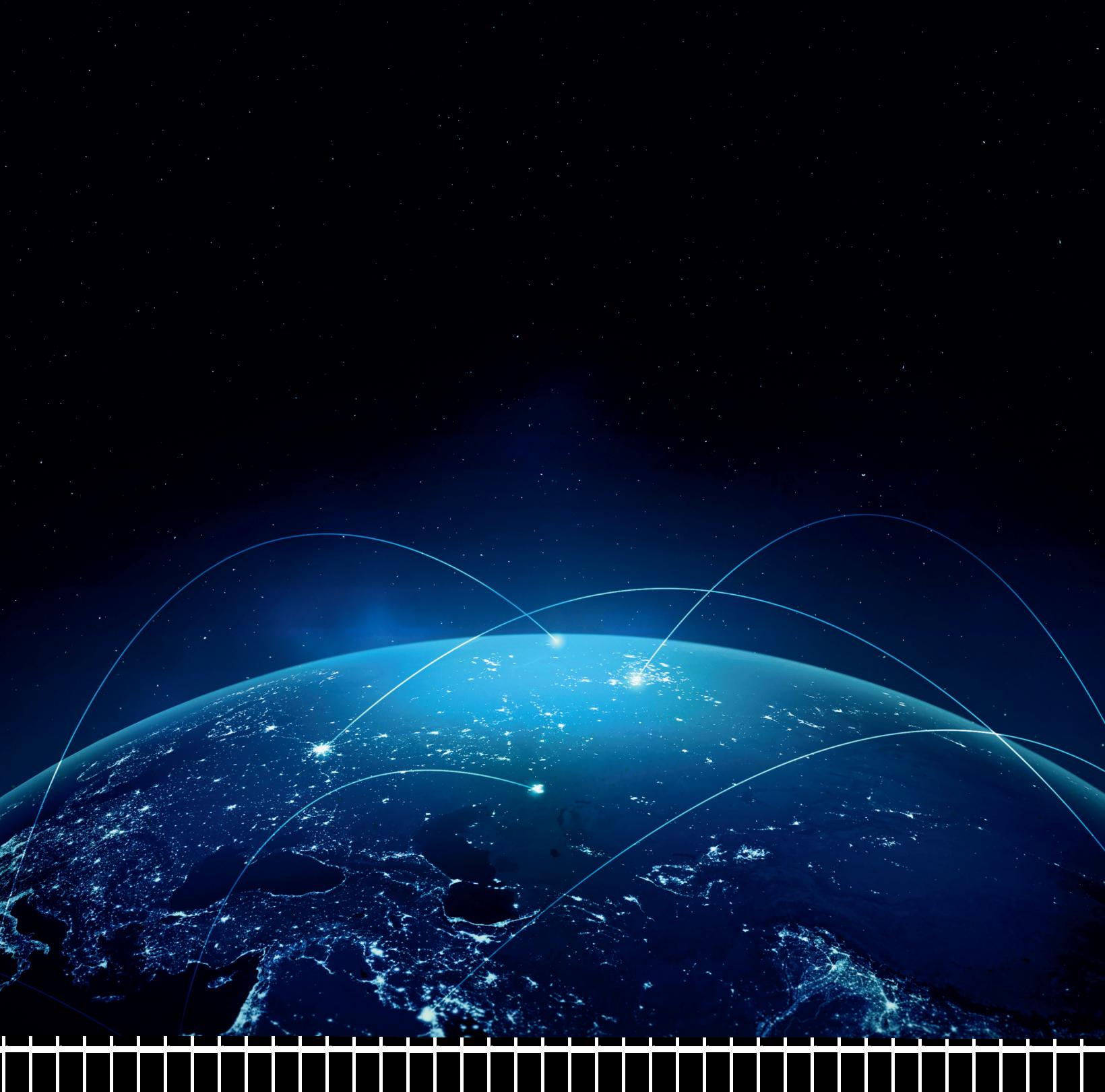

Mia
Richard







Aditya Vikram Birla Chairman and Managing Director Cosmic Birla Group



Redefining legacy through innovation, resilience, and a people-firstapproach!
In a world where businesses struggle to stay afloat amid volatile markets, shifting global trends, and relentless competition,buildingalegacythatwithstandsthetestof time is no ordinary feat. Many enterprises falter, unable to navigate the turbulence. But some leaders rise above the chaos,notjusttosurvive,buttoredefinetheveryrulesofthe game.
Aditya Vikram Birla, Chairman and Managing Director oftheCosmicBirlaGroup,isonesuchleader
Carryingforwardanamethatcommandsrespect,Adityahas gonefarbeyondpreservingalegacy,hehasexpandeditwith boldvisionandfuturisticthinking.Atatimewhenindustries were still adapting to digitization and sustainability, he foresaw the need for diversification, technological innovation,andglobalcollaboration.
Under his leadership, the Cosmic Birla Group has transformedfromaconventionalbusinesshouseintoafuturereadyconglomerate.Hisabilitytoblendtraditionalbusiness wisdom with progressive innovation has led to significant growth across sectors such as infrastructure, renewable energy,anddigitalsolutions.
What setsAditya apart is not just his strategic foresight, but his deeply human approach to leadership. He believes that people build companies, and his inclusive mindset has nurturedacultureofempowerment,innovation,andintegrity acrosstheorganization.
Ineverycrisis,Adityaseesanopportunity Ineverychallenge, apathtoreinvent.It’sthismindsetthatcontinuestopropelthe Cosmic Birla Group into new frontiers. His story is not just about success, it's about reimagining what’s possible when legacymeetsleadershipwithcourage,clarity,andconviction.
Aditya Vikram Birlawasbornin1989inKolkata,surrounded by the legacy of his industrial forebears. His grandfather, R.S. Birla(bornOctober 2,1934),co-foundedCosmic Birla Group in 1975 alongside Deo Kishan Mohta, establishing a reputation built on innovation, industrial resilience, and ethicalleadership.Adityawasraisedinanenvironmentwhere discipline,integrity,andindustryweresecondnature,thevery qualitiesthatdefinedhisfatherandgrandfather


“Aditya has weathered downturns, navigated controversies, and earned recogni�on not by inheritance, but via execu�on. His journey shows how a leader can honor the past, steer through messiness, and set a bold course for tomorrow.”

EducatedatDonBoscoinKolkata,thenearningaBBAfrom Jadavpur University and an MBA from Cardiff University, Aditya's formative years consistently emphasized both academic rigor and real-world business acumen These experiences instilled a nuanced understanding of peopled leadership:helearnedearlyon“leadershipisaboutbuilding strongteamsandlettingexecutionspeaklouderthanintent.”
Preparedbyheritageandeducation,Adityajoinedthefamily business in 2011 at age 22. It was here, amid a steel-market downturn from 2012 to 2017, where his mettle surfaced. Between 2017–18, he expanded beyond his marketing and salesroots,embracingchallengesinproduction,finance,and capital markets. By age 27, he credited this period with shapinghisstrategicandfinancialvision.
BythetimeheascendedtoChairman&ManagingDirectorin January 2019, Aditya combined respect for legacy with an ambitious growth mindset His early story is one of inheritance, immersion, and maturation, the perfect foundationforamodernindustrialleader
Under Aditya's leadership, Cosmic Birla Group, though entirely independent of Aditya Birla Group, underwent a dramatictransformation.Originallyanchoredinlegacysteel andrailwaycomponents,thecompany,establishedoverfive decades ago, began expanding its footprint aggressively by 2019,enteringnewdomainslikeEVs,infrastructure,defense, FMCG,andrealestate.
Today the conglomerate includes 18 companies across 12 factories,generatinganannualturnoverapproaching₹2,000 crore.Itsflagshipentity,publiclylistedCosmic CRF Ltd.,has emerged as a leader in cold-rolled formed sections for railwaysandinfrastructure.OtherbusinessesincludeAsansol Steel, Comet Technocom, Comet Tradecom, AVB Entech, Prilika, and Cosmic Steel Castings, each reinforcing the group'sreputationforqualityandefficiency.
In engineering goods such as yoke pins and spring-steel liners,thegroupservesmajorclientslikeTexmaco,Titagarh Wagons, and numerous Indian railway divisions This strategicdiversificationhasmadeCosmicBirlaarecognized industrial disruptor in eastern India, remarkably resilient amid past crises like the liquidation of its Ferro Alloys division.
Thisevolutionwasnoaccident.Aditya’svisionactivelysteers Cosmic Birla away from its single-sector past, melding
traditional industrial strength with new age innovation, settingthestagefortheeco-industrialpowerhouseitistoday.
Aditya’s expansion into electric mobility marks one of his boldest strategic plays. In November 2023, Cosmic Birla acquired a majority stake in Raft Motors, an innovate EV scooter firm based in Maharashtra. This acquisition brought existingplantsinBhiwandiandDhuleunderCosmic’swing, along with plans for a new assembly plant in Domjur, West Bengal,capableofproducing2,000unitspermonth.

“Aditya’s enduring commitment centers on a “greener and cleaner future” and sustainable business ecosystems. By embracing EVs, he aims to fuse Cosmic Birla's tradi�onal strengths with dynamic, future-facing industries, fueling both growth and environmental responsibility.”
Under his guidance, the group launched Cosmic EV Ltd. in September 2023 and introduced models like the Raft Cosmic EVWarriorandZanskar Theambitionisclear:define a modern, greener mobility ecosystem and position Cosmic Birla as a leader in the fast-growing EV segment. Yet, progresshasn’tbeenwithoutcontroversy Asreported,source Ro4 alleges delays and equity disputes in honoring Raft’s agreed-uponterms,highlightingchallengesinintegratingand scaling acquisitions . A reminder: rapid innovation often bringsregulatoryandrelationalfriction.
Still, Aditya presses forward. His enduring commitment centers on a “greener and cleaner future” and sustainable business ecosystems. By embracing EVs, he aims to fuse Cosmic Birla's traditional strengths with dynamic, future-facing industries, fueling both growth and environmentalresponsibility
Aditya’s leadership style centers on transparency, collaboration, and empowering teams, essentials of his internalculture

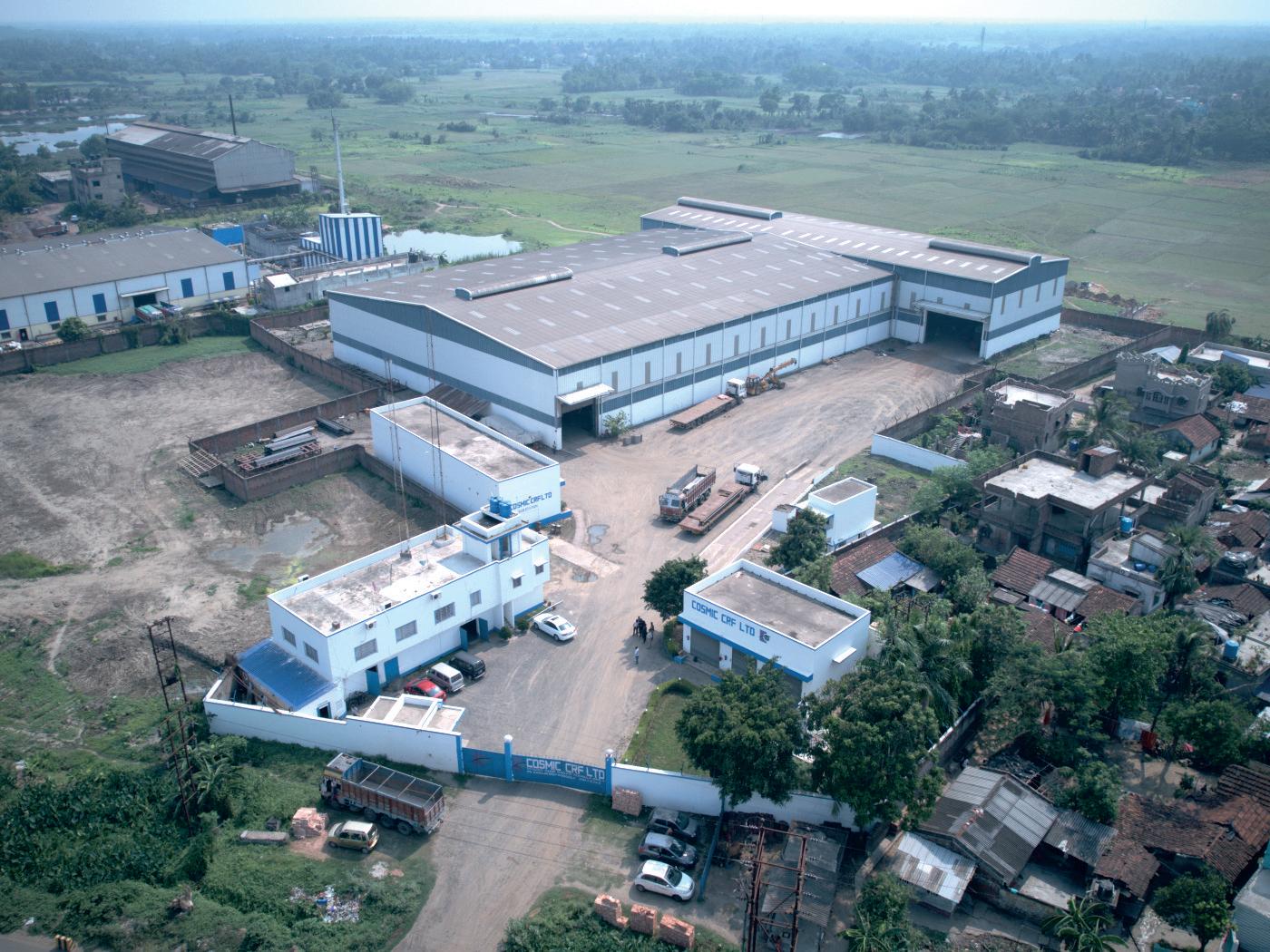
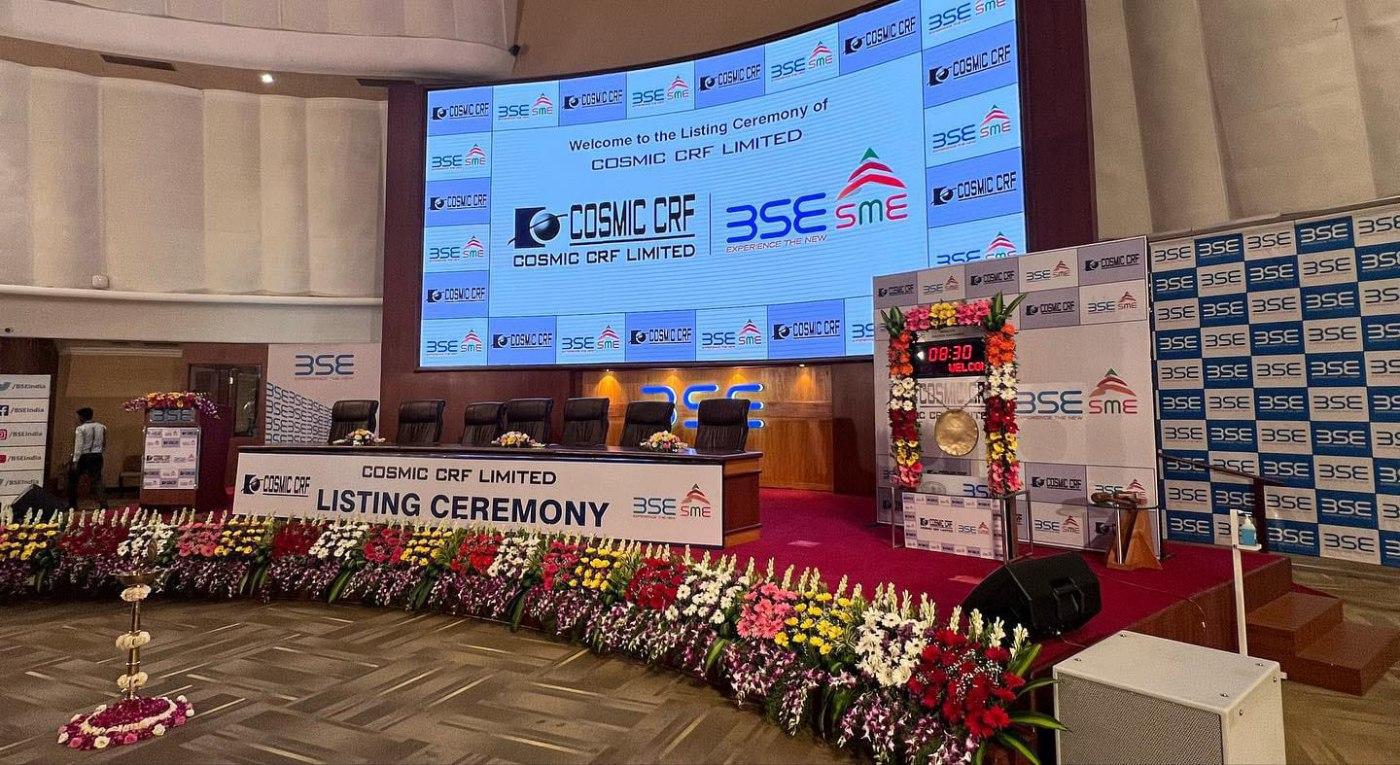
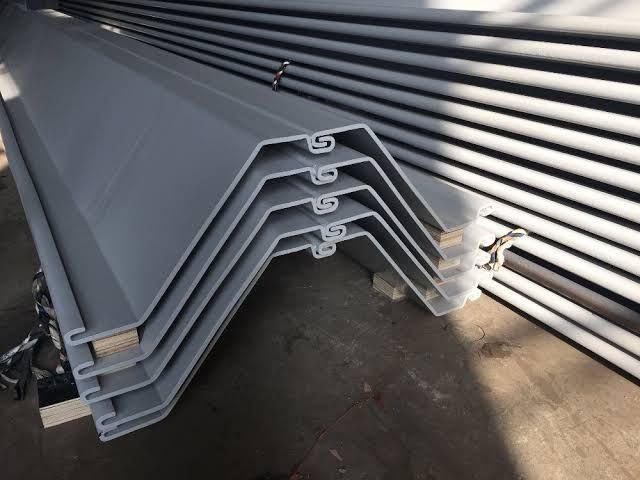
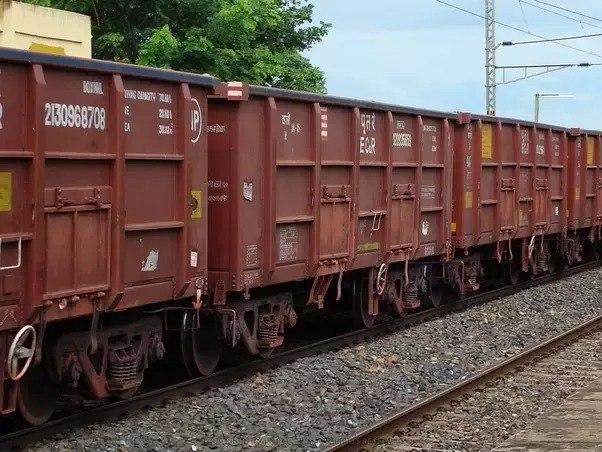
Thatethoshasnotgoneunnoticed.In2023–24alone,hewas honoredwithAsiaOne’s“Asia’sGreatestBrands&Leaders” award;the“Extraordinaire–DynamicBusinessPersonality” award at India 2030 Leadership Conclave; and MSME BusinessMaestrohonorsfromHindustanTimes2024.
Cosmic CRF received the “Excellence in Industrial Innovation”awardatthe2024TimesBusinessAwards(East), and the group was named “Emerging Leaders in Industrial Excellence” at the Times Now BusinessAwards East 2024. Aditya himself was included in EntrepreneursToday’s 2024 “40 under 40,” solidifying his status as one of India’s most dynamicyoungindustrialists.
He’s also been invited to keynote at high-level platforms including the 2024 Harvard Business School India Conference, discussing the transformation of legacy businessesintoinnovationpowerhouses.
Thethreadthatbindsalltheseisapeople-firstculture,onethat prizes execution over talk, and integrity above shortcut. His leadership style embraces both strategic vision and daily action,inspiringtrust,andresults,acrosshisvastempire.
ChallengesAhead&FutureRoadmap
None of this success has come without its share of trials. Aditya navigated major stressors early on, the steel industry collapse, liquidation of the FerroAlloys unit, and friction in EVacquisitionsalltestedhisresolve.Hisresponse:adaptand diversify
From the low point of FerroAlloys,Aditya emerged with a broaderindustrialpalette,fromsteelandrailwaycomponents to EVs, FMCG, defense, real estate, and infrastructure. His diversification isn’t just growth-oriented, it’s a calculated hedgetoensurestabilityamidsectoralvolatility
Looking ahead, Aditya’s ambitions are bold: to establish CosmicBirlaasatop-tierEVinnovator,aswellasaglobally respected industrial conglomerate from India’s East. The publiclistingofCosmic CRFunderscoresthekeenfocuson financialtransparencyandgrowth
Crucially,healsoshouldersasocialmission.Modelledonhis great-grandfather’s legacy, Aditya emphasizes industrial sustainability and societal uplift, poised to establish CSR initiativesrootedinpurposeandimpact.
In the next chapter, Aditya is likely to deepen technology adoption, EVs, automation, precision engineering, and further expand across consumer goods and real estate. His challengewillbescalingwithintegrity,winningstakeholder trust,andprovingthatrapidmodernizationcanharmoniously coexistwithlegacyvalues.
Today,at36,Aditya Vikram Birlastandsattheintersectionof history and future Born into a household lionized for industrial foresight, he’s committed to carrying forward the Birla legacy while redefining it for a new age. Under his guidance, Cosmic Birla Group has transformed into a sleek, diversified powerhouse, driven by transparent governance, boldinnovation,andsocialconscience.
He has weathered downturns, navigated controversies, and earned recognition not by inheritance, but via execution. Aditya’sjourneyshowshowaleadercanhonorthepast,steer throughmessiness,andsetaboldcoursefortomorrow.
His is a story of continuity and reinvention, proof that a lineagerootedinstrongvaluescanadapt,diversify,andthrive inaturbulentworld.InsteeringCosmic BirlaGroupthrough seismic shifts in industry and society, Aditya is crafting a legacyallhisown,anchoredinhistory,yetunafraidtodisruptit.
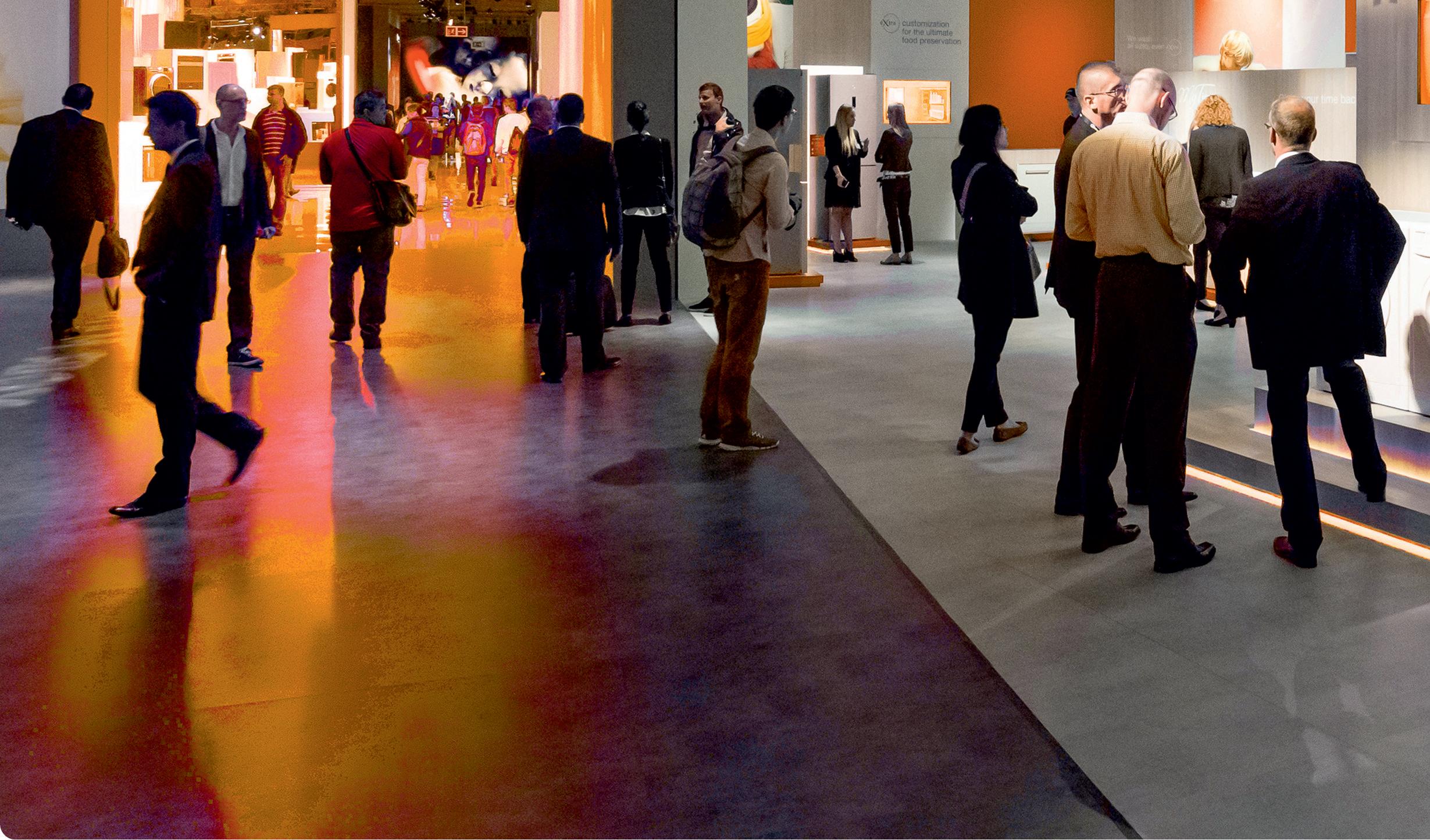




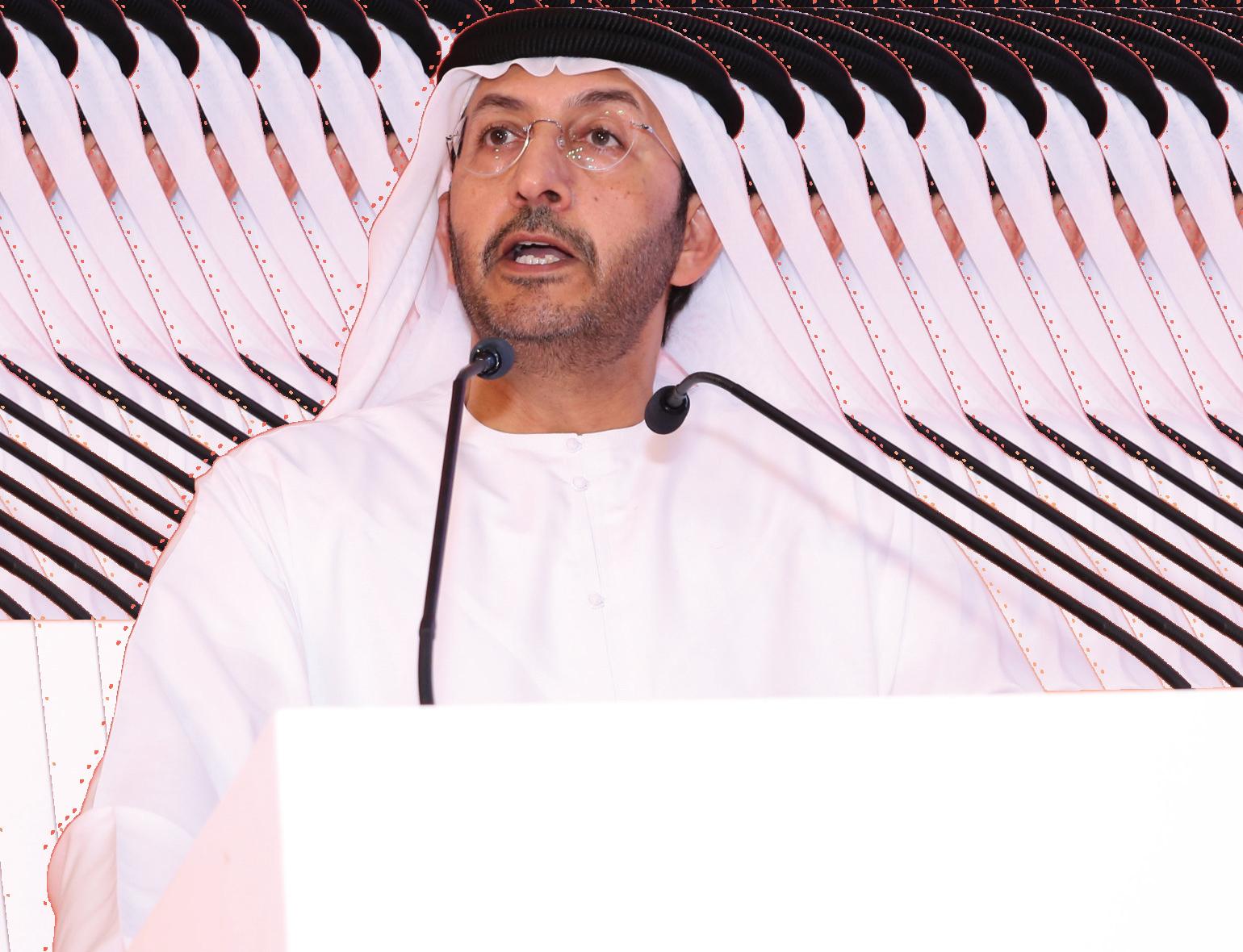

With a more unstable and interconnected global economy,supplychainresiliencenowconstitutes a driving force for organizational sustainability and growth. Ranging from geopolitical tensions to natural disasters, pandemics to technology disruption, business organizationsarefacedwithnumerousuncertainties.
Under such unfavorable conditions, industrial innovation becomes a primary catalyst in ensuring and future-proofing supplychains.
Supply chain resilience is a measure of an organization's capacity to prepare for, respond to, and recover from unforeseen shocks with minimum disruption to operations and levels of customer service.Aresilient supply chain can recover from shocks and re-orient towards emergent conditionsfasterandmoreeffectively.Butresilienceisnota question of recovery in response; rather, it is a question of designingforward-lookingcapabilitiesthroughsmartdesign, integration,andinnovation.
Industrial innovation refers to the adoption of new technologies,processes,andsystemsaimedatenhancingthe productivity, quality, and competitiveness of industries
Industrial innovation is not necessarily related to high-tech innovations but also includes process efficiency, digitalization, automation, and cooperative ecosystems that promote industrial efficiency. Industrial innovation, used strategically, is the most important factor in developing responsive,flexible,andresilientsupplychains.
Industrial innovation increases supply chain resilience in a numberofimportantways:
Digital technologies like IoT (Internet of Things), AI (Artificial Intelligence), and advanced analytics have rechartedtheprocessesofsupplychains.Withreal-timedata gatheringandanalytics,businessescangeneratemoreprecise demand forecasting, monitor inventory in real time, and identify disruption early For instance, predictive analytics can forecast future delays caused by weather or suppliers so that companies can reroute logistics or keep extra buffer inventory Industrial innovation like this enables companies torebirththemselvesasreactive-to-proactiveentities.

Another successful innovation is the application of automation to manufacturing and warehousing operations. Robotsystemsdecreasevulnerabilitytohumancapitalinthe event of disasters like pandemics, provide higher accuracy, and boost throughput Automated storage and retrieval systems (ASRS), for example, enable warehouses to work optimally with minimal human engagement. Technologies that emerge from industrial innovation not only enhance workingresiliencebutalsoprovidescalabilityintheeventof peaksindemand.
Among the most important takeways from the past global disruptions is the weakness of centralized supply networks. Technologicaladvancementsinindustryhavebroughttothe forefront the idea of decentralized manufacturing, driven by technologies such as 3D printing. With the capability of localized and on-demand manufacturing, businesses can preemptrelianceonremotesuppliersanddiminishleadtimes by significantly Such flexibility is extremely crucial in sustainingcontinuitywhentheconventionalsupplychannels aredisrupted.
Sustainability is becoming an integral part of the supply chainsoftoday Technologyhasfacilitatedtheemergenceof eco-products, energy-efficient production practices, and circular supply chains with a focus on reuse and recycling. Thesepracticesnotonlydiminishtheenvironmentalfootprint but also offer substitute sourcing arrangements during material scarcity—yet another resilience layer to supply chains.
Openness,trust,andeffectivecoordinationwithsupplychain partners drive success. Industry innovation platforms including blockchain-enabled platforms enable open and securedataexchangeamongstakeholders.Thiscreatesrealtimeopennessandtrust,whichareprerequisitesinthecaseof crisis,wheretimelyandwell-decisioneddecisionsarecrucial.
In the COVID-19 crisis, some companies demonstrated the strengthofindustrialinnovationindevelopingstrongsupply chains.
Forexample,FordandGMmotorcompaniesswiftlyadapted to manufacture ventilators with the help of advanced manufacturing tools and flexible supply chain models Likewise, drug manufacturing companies depended significantly on AI-based forecasting and decentralized manufacturing models to keep essential medicines. These instances show how industrial innovation is a requirement ratherthananicetyforthecurrentera.
It may have advantages, but implementing industrial innovation within supply chains comes with its share of challenges. Start-up expenses are too high, there are not enough qualified personnel, cyber attacks, and resistance to changeposeitsslow-downfeatures.Furthermore,SMEsare frequently bogged down by a lack of proper resources. In ordertominimizesuchhindrances,governmentsandindustry organizationsmustworktogetherinofferingfiscalincentives, trainingschemes,andstandardizedframeworks.
With technologies at the forefront of industrial innovation, there is always a human factor that stays on top. Managers needtofosteracultureofinnovation,fostercross-functional teamwork,andgiveteamsthefreedomtotryandfailandlearn fromfailure.Supplychainpractitionersalsoneedtoacquirea newrangeofskills—dataliteracytodigitalcooperationina bidtobeinapositiontoleverageinnovationtothemaximum.
Thefutureofsupplychainsisadaptationandtransformation. As increasingly more global uncertainties pile up, industrial innovationwillbeallthemorekeytomakingsupplynetworks responsive,resilient,andresponsible.Thoseinstitutionsthat areinvestingininnovationnowwillbettersurvivetheshocks ofthefutureandcomeoutevenstrongerthanothers.
Briefly, supply chain resilience is not a step but a strategic necessity enabled by industrial innovation. It aligns technology with purpose, efficiency with speed, and disruption with potential. As industries across the world continue to evolve, the convergence of resilience and innovation will not only determine business success but successinthenewworldaswell.
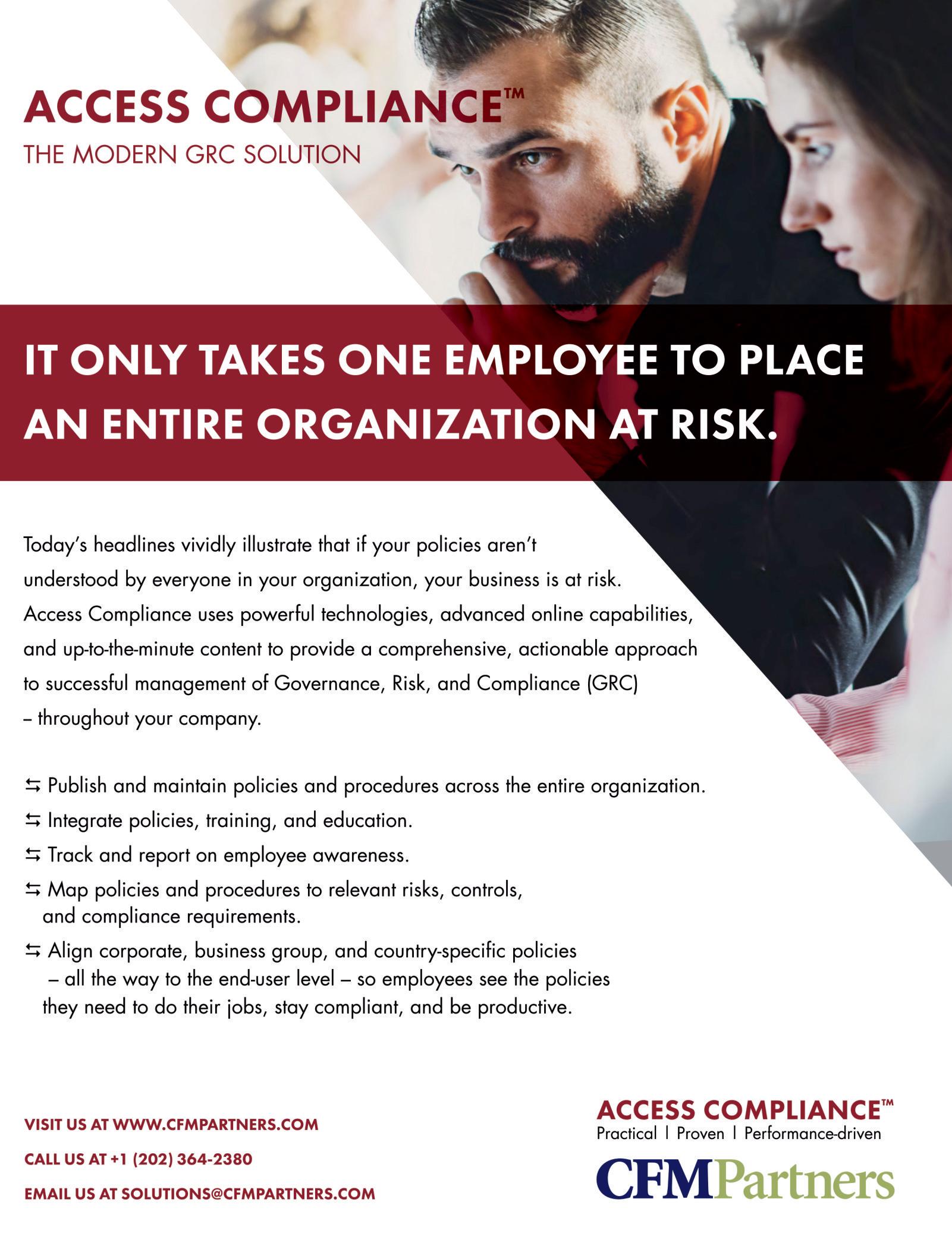
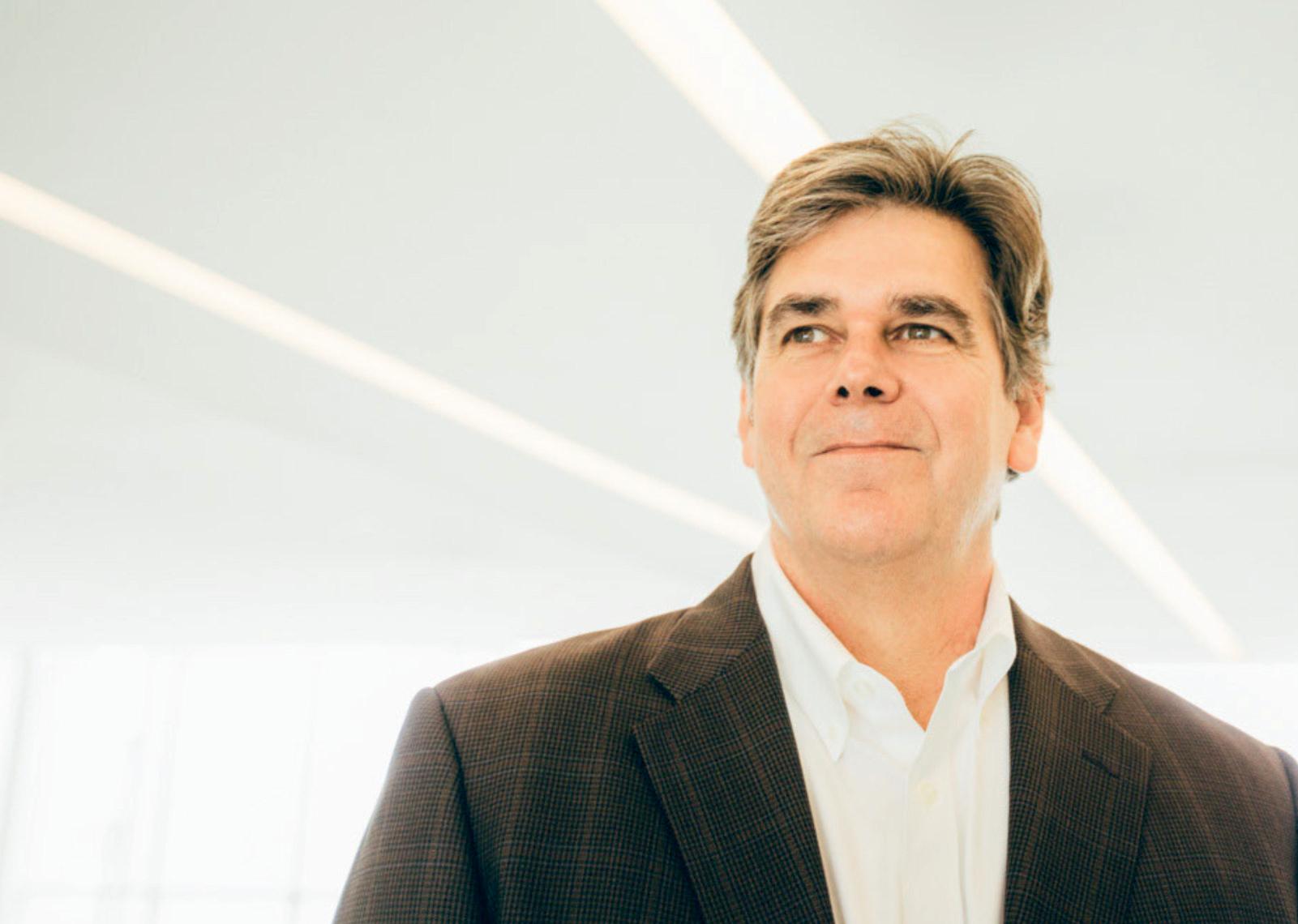



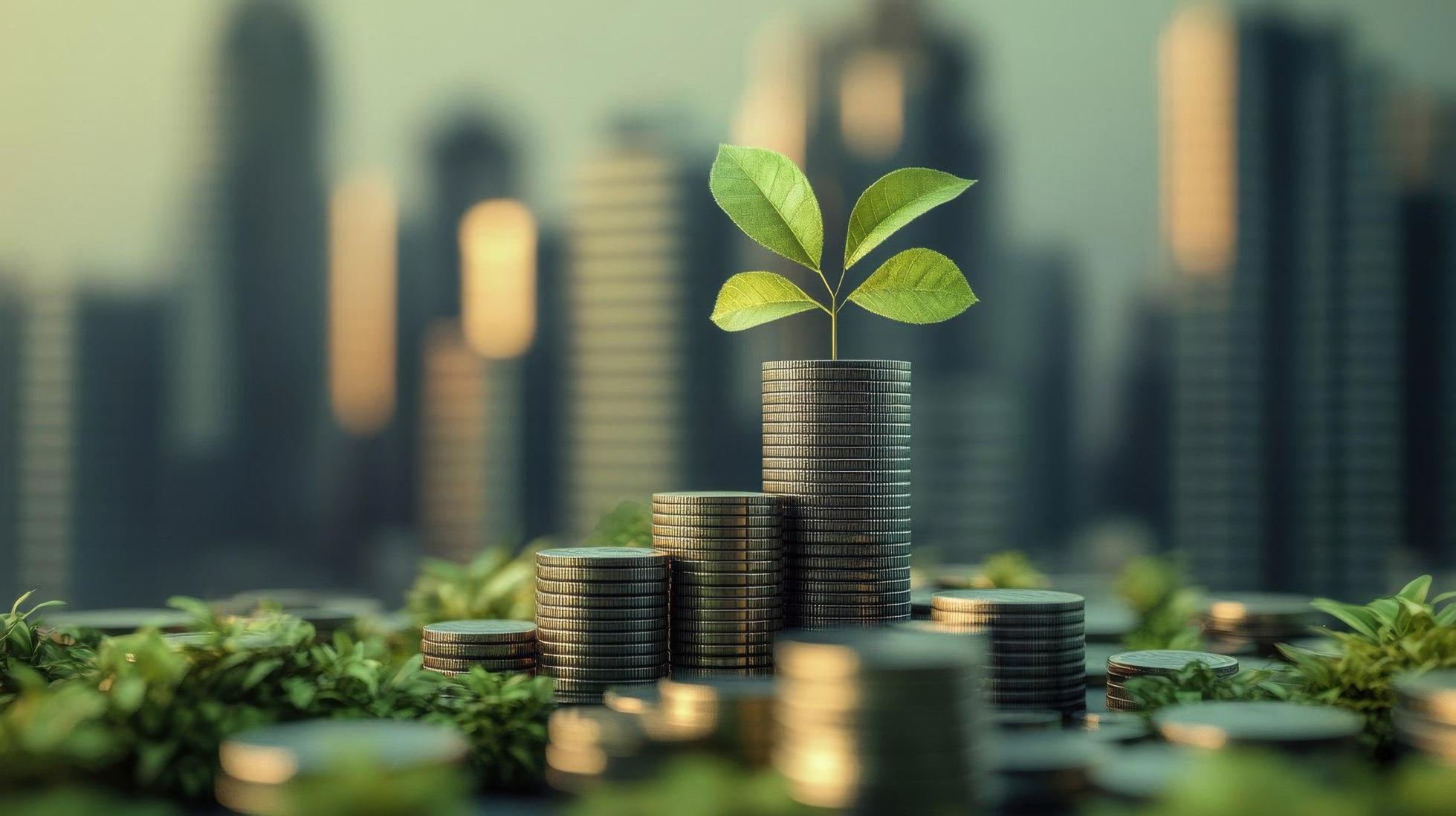

As the world has become more integrated and less predictable, there has emerged a need for corporate risk management as a key supplement to long-term success With economic turbulence, climate threats, technologydisruption,andgeopoliticalstrainpoundingfirms, thereisonestrategictacticthathasagainsurgedwithgrowing prominencesustainablediversification.
Not only does it increase resistance but also conforms to changing stakeholder demands for ethical and visionary governance.
Basically, sustainable diversification is deliberately diversifyingtheproducts,markets,operations,orinvestments of an organization in a way that profitability is coupled with long-term environmental, social, and governance (ESG) factors. Traditional diversification that is based on financial returns or market share is different from sustainable diversification, which has sustainability as a principle for decision-makingatthestrategiclevel.
This method acknowledges that firms do not operate independently Their resilience now also relies on global concerns such as climate change, natural resource exploitation, and social injustice. With the synergizing of diversification strategies and sustainability objectives, firms candevelopeffectiveriskmanagementsystemsthatnotonly fend off threats but also unlock new opportunities for expansionandmaturity
Uncertaintyisthesolecertaintyoftoday'scorporateera.From pandemics-driven supply chain risk to carbon-intensive sectors'regulatoryshift,thescopeoftherisksisverywideand volatile. Sustainable diversification allows entities to diversifytheirriskexposuregeographically,industrially,and customer-wise so they are not unduly reliant on a single sourceofrevenueorsupply
Consider, for example, a manufacturing company stepping intotheproductionofrenewableenergy.Itnotonlylowersits carbon footprint but also insulates the company against possible regulation-forced penalties on emissions, futureproofs its energy requirement, and creates an additional revenuestream.

Similarly, a food company buying ingredients from several climateresilientsourceshedgesagainstdrought orcroplossinanygivensource.
Through diversification for
sustainability, organizations shift risk management away from reactive to proactiveplanning.
Current stakeholders investors, customers, employees, or regulators demand more transparency and accountability. Environmental, social, andgovernance(ESG)concernsareno longer to-do items against a checklist but determinants in corporate assessment.
Sustainable diversification meets these demands head-on They are increasingly considering portfolios for ESG adequacy, valuing firms demonstrating resilience through sustainable conduct. Customers prefer brands that share their values, especially climate and ethics. Employeesdesirefirmsthatprovidepurposeaswellasprofit.
Diversification involving renewable energy shift, fair procurement,ormulticulturalhiringprojectsadoublebenefit: it disseminates business risk, as well as improving brand reputationandtrustwithstakeholders.
Some industry participants have already integrated sustainable diversification in their business DNA, with real benefitsinminimizingriskandvaluecreation.
Unilever, for instance, broadened its portfolio to include green and health brands, diversifying away from heritage brands and taking advantage of consumer demand for sustainability
Tesladiversifiedfromelectricvehiclestobatterytechnology andsolarenergy,extendingtobecomeamoregeneralcleantechcompanyanddiversifyingawayfromfluctuationsincar markets.
IKEA diversified into forestry and renewable energy in its operations and supply chain, ensuring greater mastery over rawmaterialsandenergyindependence.
Suchcompaniesdemonstratehowstrategicdiversification,if donesustainably,servesbothprofitandpurpose—enhancing long-termstabilityaswellascompetitiveness.
Althoughthebenefitsarestrong,sustainablediversificationis not without its detriments. The cost of initiating it can be expensive, especially if it represents new markets or green technology replacement Organizations also have to counteract cultural, regulative, and logistical barriers in diversifyingacrosstheglobe.
In addition, genuine sustainability can be achieved only through constant monitoring, openness, and, in some instances,achangeofcultureincompanies.Thisnecessitates cross-functional integration, with finance, operations, and sustainability departments collaborating to spot risks and opportunities.
In order to bridge these gaps, companies need to develop a long-termview,engageearlywithstakeholders,andusedatadriven methods of measuring risk and monitoring sustainabilitymetrics.
Asclimateriskisbecomingfinancialriskandsociallicenseis worth as much as regulatory license, sustainable diversification is no longer a nice-to-have—it is a strategic imperative. Those companies that incorporate this practice into their corporate risk governance processes will be best situated to expect disruption, reinvent against change, and thriveinamoredynamicworld.
Boardsandtopmanagementmustquery:Arewediversifying to reduce our risk footprint and achieve the greatest societal value?Areweleveraginginnovationforgrowth,andalsofor long-termgrowth?
By linking sustainability at the core of diversification strategies, modern organizations have the ability to turn risk intoresilience,andresilienceintocompetitiveadvantage.



